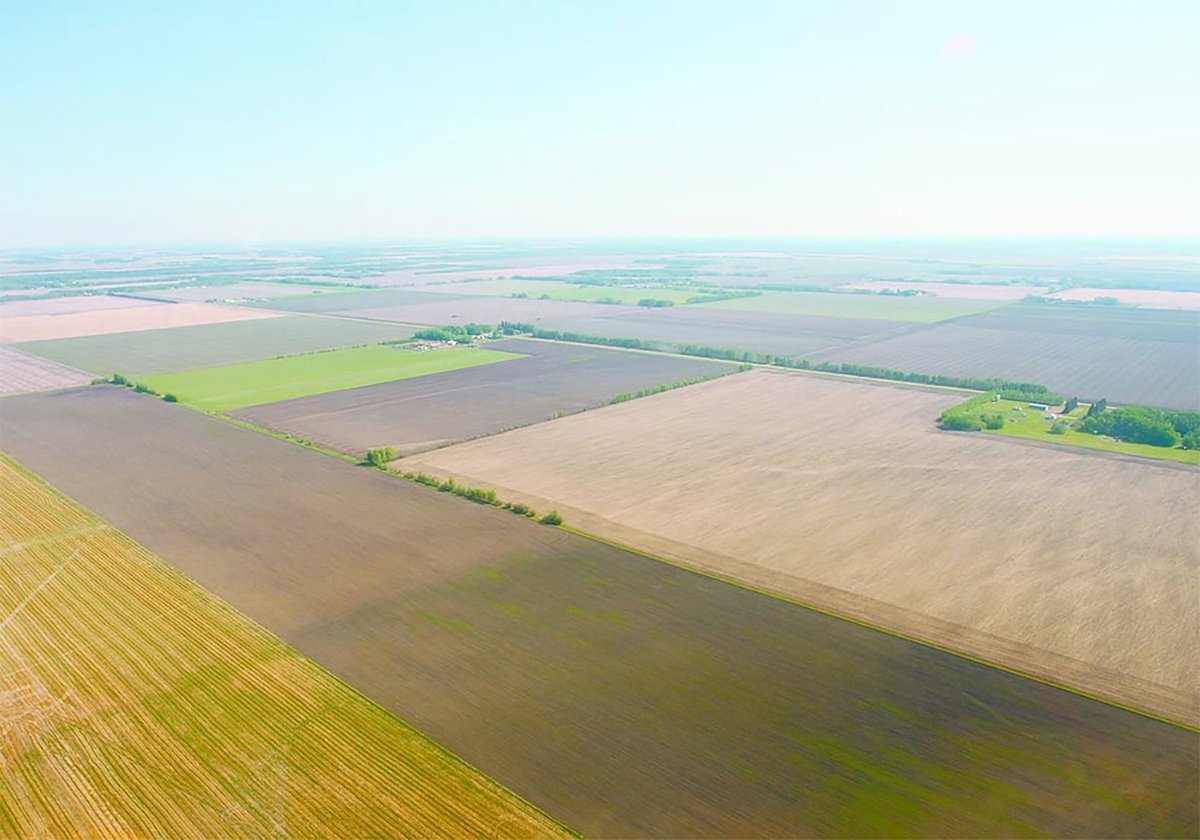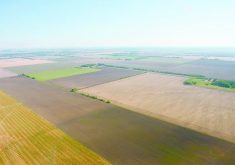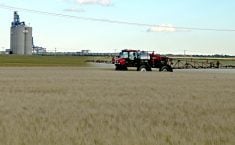Farm revenues soared to record levels during the first half of 2007 as grain and oilseed prices climbed sharply and livestock revenues more than held their own, said Statistics Canada.
Alberta, with an increase of $550 million over 2006’s half-year revenues, climbed into a tie with Ontario as Canada’s largest agricultural province.
In Manitoba, farm receipts rose more than 23 percent and in Saskatchewan, more than 16 percent.
The federal agency credits the rebound in grain and oilseed prices to strong market demand, including a growing biofuel market.
Read Also

Saskatchewan amends farm land ownership regulations
The Canada Pension Plan Investment Board can no longer own Saskatchewan farmland.
It also cautions that the evidence of stronger receipts does not necessarily mean higher net farm income.
“Farm cash receipts provide a measure of gross revenue for farm businesses,” Statistics Canada said in an Aug. 27 report. “They do not account for expenses such as feed costs, which will reflect the higher grain and oilseed prices in the market over the past year or so.”
Program payments fell by almost $400 million, or 14.2 percent, compared to last year.
Farm leaders hailed the numbers as a sign that grain and oilseed farmers could do their accounts in black ink this year.
Ross Ravelli from Dawson Creek, B.C., president of Grain Growers of Canada, said the increase in prices and revenues “is certainly welcome news and (is) putting optimism back into our industry.”
Grain prices are stronger than they have been in years.
“I would say it is too soon to call this a turnaround, but at least in the grain and oilseeds sector there is optimism that this is a year when producers are going to make some money,” added Canadian Federation of Agriculture president Bob Friesen, a Manitoba hog and turkey producer.
But he noted the hog industry has been reeling from disease issues, high costs and lower export returns because of the high Canadian dollar.
“It is important to recognize that this is not universal and that not all farmers are benefiting,” he said.
Wheat revenues increased 63 percent and barley revenues were up 53 percent but Canada’s potato farmers faced a small decline in revenue, making Prince Edward Island and New Brunswick the only two provinces with lower farm cash receipts than 2006.
Ravelli said it is important that six months of better farmgate returns not become an excuse to reduce the pressure to reform the system to get more predictable safety nets, more reliable transportation, reduced trade barriers and an end to the Canadian Wheat Board monopoly.
“While the current numbers look good, these tend to move in cycles and it is more important than ever that producers, industry and government continue to work on progressive policies that will limit the downside and strengthen farmers’ ability to manage their risks and earn a fair return,” he said.
While overall program payments fell to $2.25 billion during the six months, the Canadian Agricultural Income Stabilization program paid out $1.1 billion, more than $250 million above 2006 payments.
“This just shows there is no connection between CAIS and how farmers are really doing,” said Friesen.
















